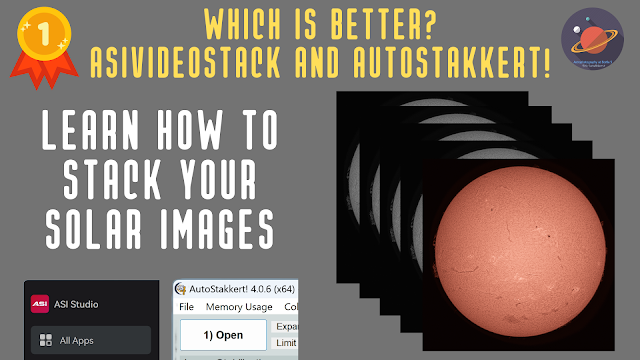Great American Eclipse

We are quickly approaching what is being dubbed as the Great American Eclipse, with its path stretching from Mexico, the United States, and through to Canada on April 8, 2024. In this episode, we will talk about how to get ready for this event of a lifetime! IMAGE CREDIT: GreatAmericanEclipse.com SOLAR ECLIPSE What is a solar eclipse? A solar eclipse is when the moon is in a position to partially or totally block the light of the Sun. There are around two to five solar eclipses per year, with a total eclipse happening around every 18 months on our planet. So let's talk about 5 TIPS you can do to get ready for the eclipse. 1. LEARN ABOUT ECLIPSES Eclipses of the Sun and Moon are fascinating. Before our modern understanding, eclipses were viewed as bad omen of things to come, evoking fear in many. Eclipses are fascinating events to learn about. And so is astronomy! You can learn more about this eclipse by going to GREAT AMERICAN ECLIPSE: https://www.greatamericaneclip

